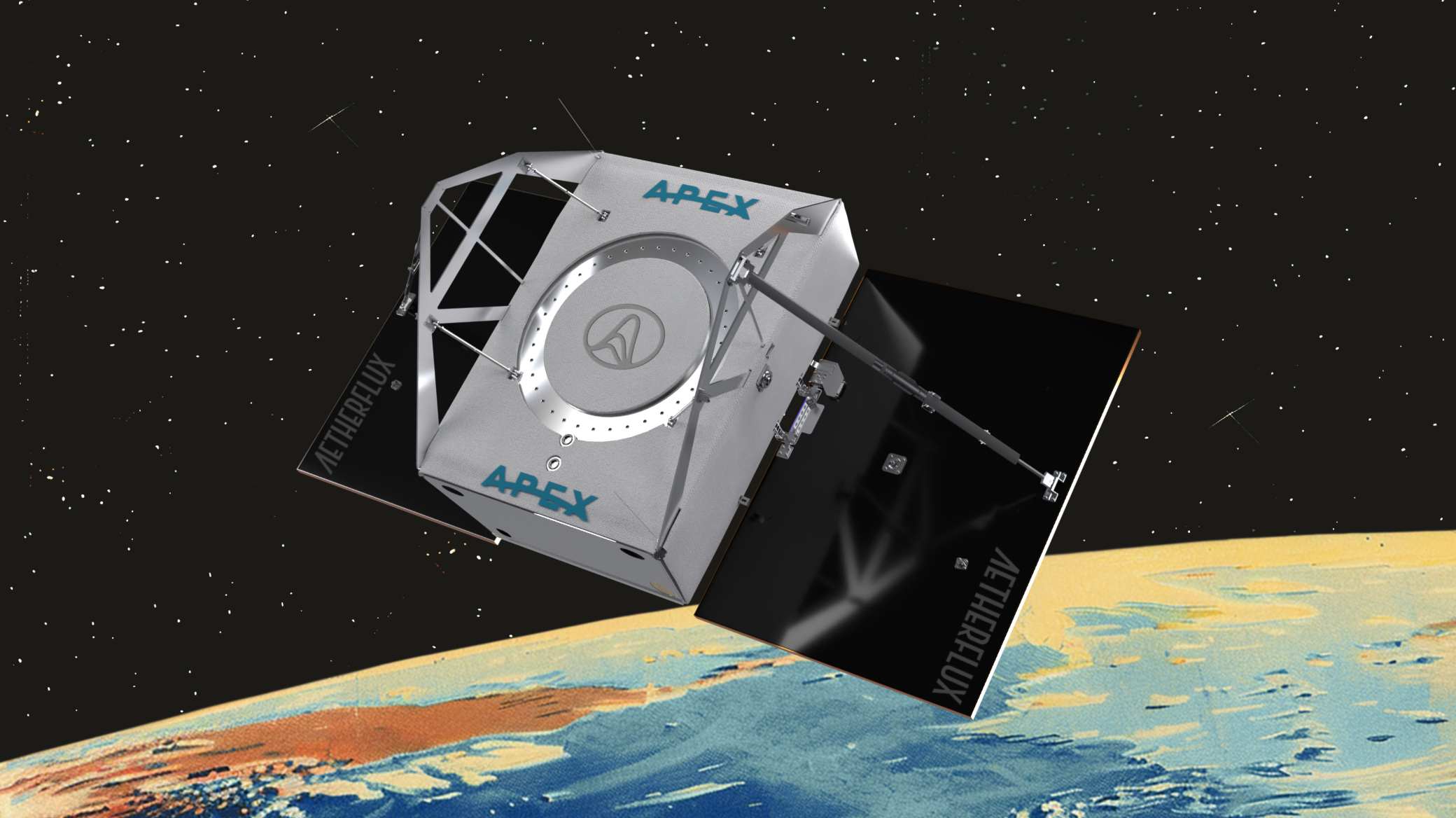- cross-posted to:
- [email protected]
- cross-posted to:
- [email protected]
In the long term, there’s the potential to provide a base load of power to augment the intermittent availability of terrestrial wind and solar energy—a key need if the world is to de-carbonize its electricity generation.
But that’s probably putting the cart before the horse. One of the biggest challenges of space-based solar power is that it has always been theoretical. It should work. But will it work? Trying out a low-cost demonstrator mission in the next couple of years is a fine way of finally putting that question to rest.



It’s a good idea, but what happens if one of these high energy LASERs misses the collector?
Nothing. This question came up when microwave meaning technology was conceived. You use a laser from the ground to align the transmitter to the receiver. The target sensor is aligned and shielded such that it can only receive a signal from a single, narrow direction. If the transmission beam deviates out of alignment even a fraction of a degree then the satellite kills the transmission. You can use multiple redundant systems to work along with it, and have both a software and hardware cutoff to stop the transmission beam bring frying anything off-target.
Beaming technology?
I, too, played SimCity 2k.
If you’re lucky, you get free energy!
They’re microwaves spread out over several hundred meters squared, so… likely nothing